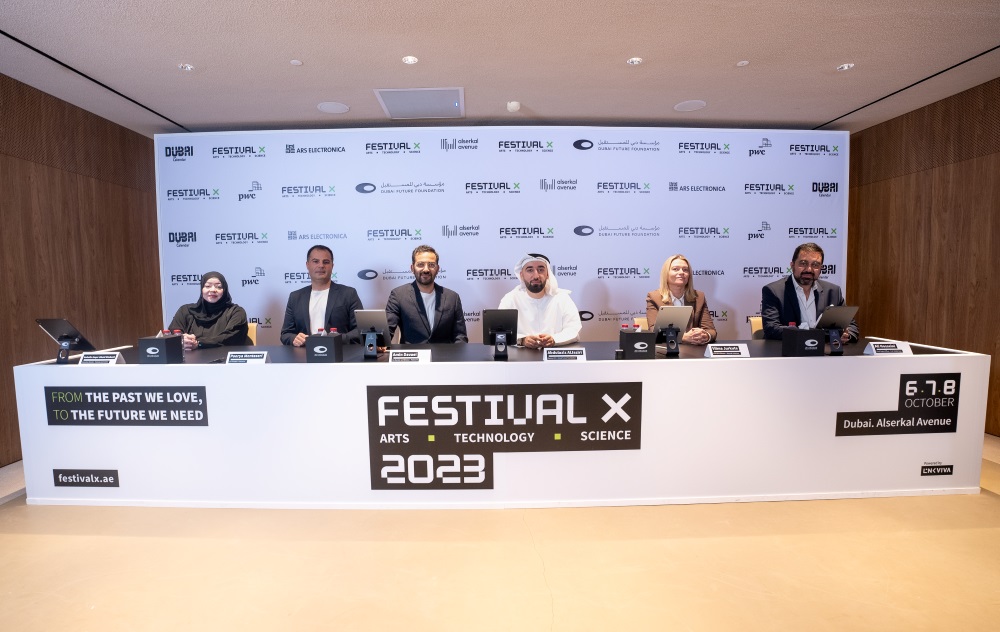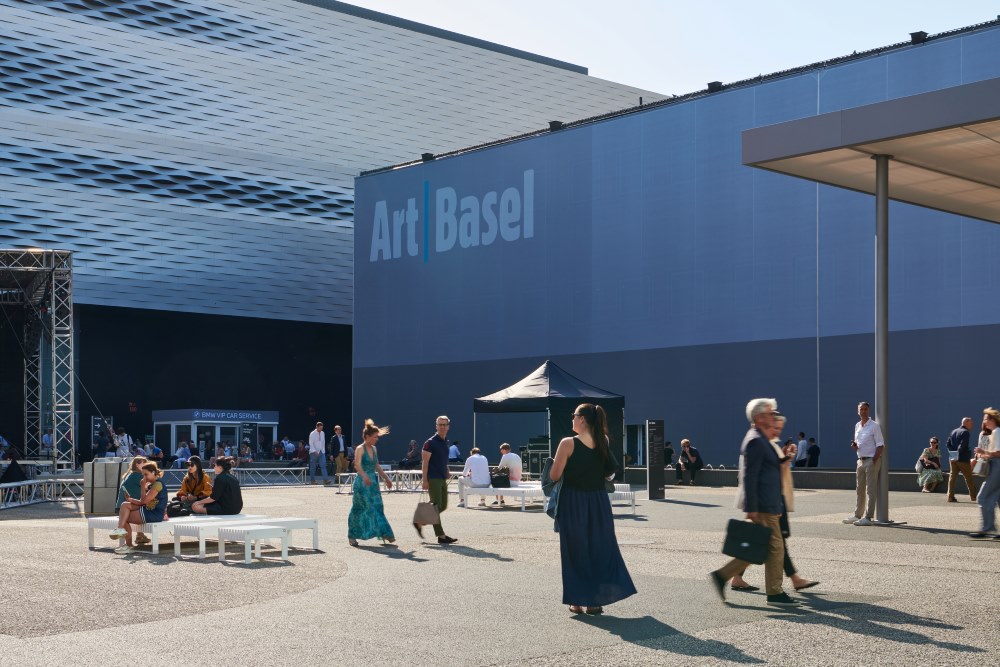The question of identity has always been essential for artists. The art of Louisa Clement (*1987, Bonn) is also based on herself, but goes even further. She focuses on how identity will develop in the future and explores ways of transformation.
To this end, in her series of works entitled Representatives (2021/22), she creates human dolls equipped with AI. They are being fed with biographical information and visitors can converse with these learning replicas of the artist.

For the master student of Andreas Gursky, the body and the possibilities of its technical optimisation are also central to her photographic work. The aspect of transformation also extends to the artistic investigation of military remnants. Louisa Clement succeeds in translating these current and some times disturbing themes into a compelling, sensual form. The video work human error, for example, depicts two helplessly rolling doll heads, desperately demanding for a connection to the Internet. Dependence on the ‘brave new world’ of technological possibilities could hardly be more beautifully and strangely expressed.
About Paula Modersohn-Becker Museum
The Paula Modersohn-Becker Museum was the first museum in the world to be dedicated to the work of a female painter. The masterpieces on display illustrate the artist’s extraordinary importance as a pioneer of modern painting. The museum building was commissioned by the businessman and patron Ludwig Roselius, who owned a considerable collection of Paula Modersohn-Becker’s work.

The building’s architect, Bernhard Hoetger, designed a unique building that is considered one of the most important examples of Expressionist architecture in Germany; it was opened in 1927 as a museum. In 1988 the collection was purchased by the city of Bremen and the Federal Republic of Germany. The collection has been supplemented with works from the estate of the artist, which is managed by the Paula Modersohn-Becker Stiftung, founded in 1978 by the artist’s daughter, Mathilde Modersohn. In 1994 the savings bank Sparkasse Bremen invested in the museum’s restoration and expansion. Today the museum provides an overview of every phase of the artist’s oeuvre. The museum also houses the most extensive collection of works by Bernhard Hoetgers, beginning with sculptures that were still influenced by Auguste Rodin and continuing on to his more independent late period. Jenny Holzer’s installation For Paula Modersohn-Becker has been on permanent display since May 2005.

For more information, please visit https://eigen-art.com/plus/ and https://www.instagram.com/galerie_eigenart/.



